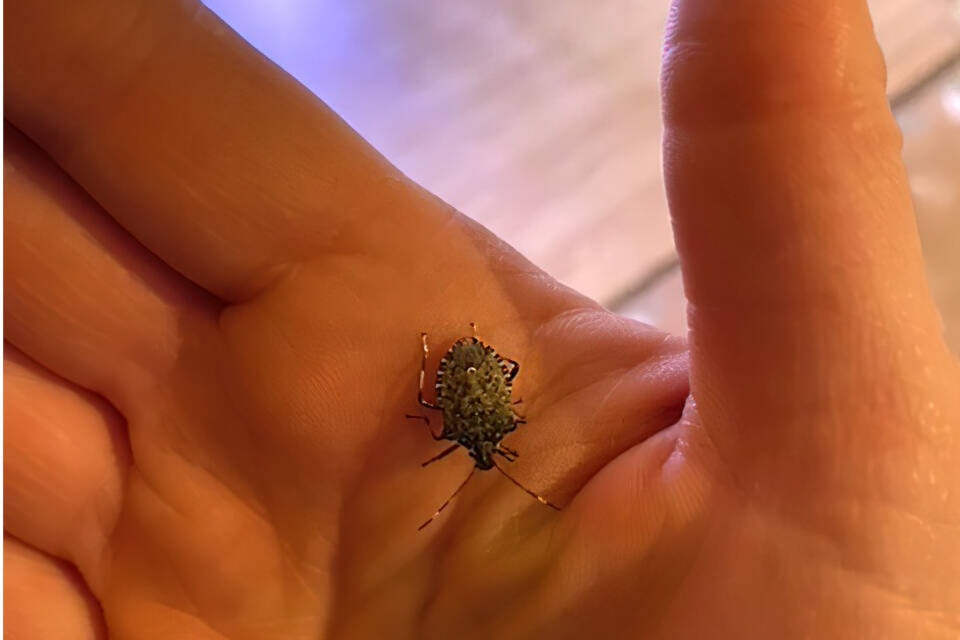By Leslie Cox
Special to the Record
Thanks to all the wonderful readers who contacted me with sightings of the brown marmorated stink bug in their homes, on their decks, climbing the sides of their houses. I think it is safe to say the BMSBs are here in the valley. Ugh. Now what?
Well, we definitely need to think of doing something to control these pests because they are known to feed on more than 100 plant species. And since the BMSBs are native to Asia, there are not many predators here who will keep them in line.
RELATED: With the colder weather, beware of bugs seeking comfort indoors
No major beneficial insects to keep the BMSBs in check led to an estimated $37 million loss to the apple industry in the Mid-Atlantic States in 2010, so states a page on a Government of BC website titled “Brown Marmorated Stik Bug (BMSB) Pest Alert.” No mention of how large the apple industry is overall but a $37 million loss sounds significant.
Unfortunately, their appetite is not strictly for apples though. They also love pears, peaches, grapes, all kinds of berries, chokecherry, vegetables (including corn and tomatoes), hazelnuts, almonds, English holly, maple, box elder, white ash, catalpa, and buckthorn. I would hazard a guess there are likely even more plant species the BMSBs could develop a hunger for in their new country.
Thankfully, reproduction is not as prolific in North America when you compare one or two generations per year versus as many as six generations per year in their native Asia. But one gets the full scope of a population explosion when a single female BMSB can lay as many as 400 eggs in a summer and the second generation of females add their 400 eggs to the tally in the same season. Not as bad as the aphid reproduction numbers, but still robust enough.
As some readers have discovered, the adult BMSBs prefer warm, dry conditions where they can overwinter in comfort. As soon as the temperatures start to drop and daylight hours decrease, you may find these unwelcome house guests making themselves quite comfortable. They will not do any damage to your home, but evicting them can be daunting if there are enough of them. You certainly do not want to squish them or vacuum them up…or you will soon discover why they are labeled “stink bugs.” Not something you want to expose yourself to if you are sensitive to odours.
There is some good news, though. A species of parasitic wasp was found feasting on BMSB eggs in Chilliwack four years ago. Properly identified as Trissolcus japonicus, this wasp has managed to follow its favourite food source from its native Asia to Canada. Quite appropriately, this wasp is commonly called the Samurai wasp.
And according to the Government of BC website, ladybugs, lacewings and spiders will also feed on BMSB eggs. There may be some hope BMSBs will not become too unruly a pest.
Not so the American bullfrog, though. Just put another notch in my belt with the recent capture of yet another one in our pond. It was a decent size - about four inches from nose to butt. Definitely reproduction age but a male because of its yellow throat.
I suspect it was a late migration addition from the field pond behind us that made the mistake of doing a little sunbathing amongst the pond lilies on a nice afternoon when I spied him. Water was cold enough to slow his reactions though. Either that or my stalking skills with the butterfly net are getting quite good.
Leslie Cox co-owns Growing Concern Cottage Garden in Black Creek. Her website is www.duchessofdirt.ca.
